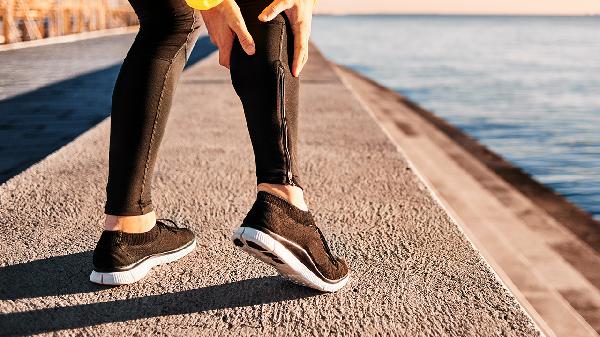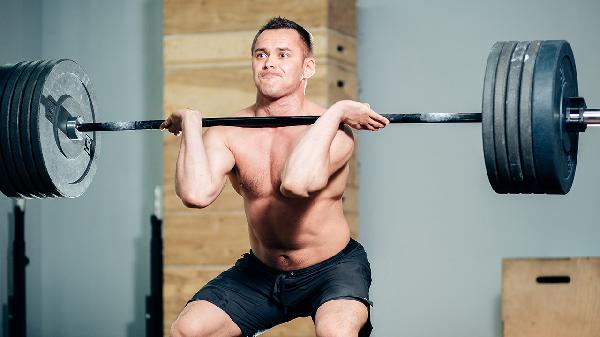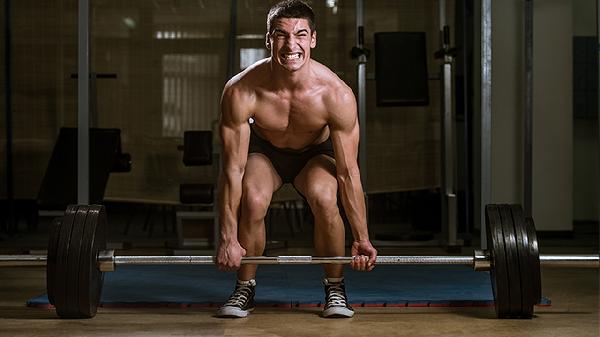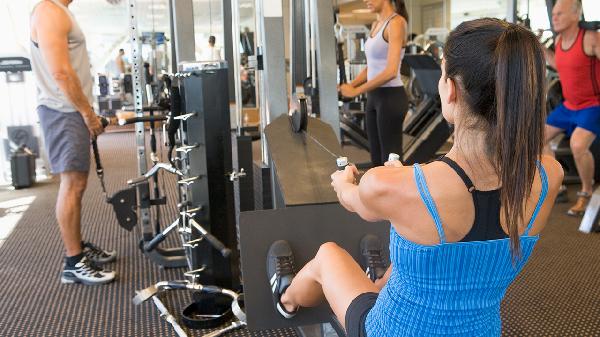Stability is the "vibe" we're all seeking these days, whether it be financially, mentally, or physically. Now, I'm in no position to give financial advice and I pay a therapist very well to help me maintain my mental health. However, I can give you some insight on an exercise that can help you increase your core stability, ease the strain of daily activities, and enhance your overall athletic performance: the side bridge.
Side bridge (aka side plank) creates this trifecta by activating the obliques, hips, and shoulders. This powerhouse of an isolated bodyweight hold can be an impactful addition to your workout regimen whether you're new to fitness or have been training for years. As a wellness professional and 500 E-RYT with over a decade of experience, I've seen firsthand the benefits of side bridges — especially when the people performing them are sticklers for proper form.
Here, I dig into the benefits of side bridges, how to perform the amazing exercise safely, and variations you can try as you build more strength and endurance.
Side Bridge Benefits
This isometric hold is designed to activate your obliques, glutes, hips, shoulders, and transversus abdominis. It also activates the back muscles and the hip abductor muscles, and trains the entire body to work as a collective.
Builds Core Stability and Strength
The side bridge helps build core strength and stability because it engages multiple muscle groups within the core simultaneously, including the obliques, transverse abdominis, and quadratus lumborum. Additionally, it requires you to stabilize through the entire side of your body, which is a region that's often underused. When you strengthen these muscles, everyday movements—like carrying groceries, picking up kids, or even just standing for long periods—become easier. Plus, a strong core is the foundation for nearly every athletic movement, from running to lifting weights.
Reduces Risk of Back Injury
Strengthening the transversus abdominis in particular, but also your entire core in general, allows your body to provide more support to your back and spine during movement. This support helps decrease the risk of back injury or persistent pain. Many people experience lower back discomfort due to weak stabilizing muscles, and the side bridge directly targets those areas. Over time, consistent practice can help alleviate chronic tightness and prevent future strain.
Improves Balance
The side bridge strengthens key muscles — namely, the obliques and transverse abdominis — that help provide stability for the spine and pelvis, which improves your core stability and overall balance. Better balance isn’t just useful for yoga poses or tightrope walking (though it helps there too); it also translates to better coordination in sports, fewer stumbles on uneven terrain, and even improved posture when sitting at a desk all day.
Strengthens Hips
This move requires engagement of the hip abductors to maintain alignment and stability through the hips. When performed consistently it increases hip strength over time. Strong hips are crucial for preventing injuries, especially for runners and athletes who rely on explosive movements. Weak hips can lead to imbalances that cause knee pain, IT band issues, and even lower back problems. The side bridge helps keep everything in check.
Supports the Lower Back
In order to perform side bridge properly you have to engage your lower back muscles such as the erector spinae. This stabilization improves the overall strength of the muscles supporting the lumbar spine. Those muscles can support you in day-to-day activities, heavier lifts, cardio workouts, and more. A strong lower back means less fatigue when standing for long periods, better endurance in compound lifts like deadlifts, and reduced risk of tweaking something when bending or twisting.
How to Do Side Bridge
Before you dive into performing a side bridge, follow these steps to ensure you carry it out with proper form. Start by lying on your side with your legs extended and stacked on top of each other. Prop yourself up on your forearm, keeping your elbow directly under your shoulder. Engage your core and lift your hips off the ground, forming a straight line from your head to your feet. Hold this position while keeping your hips lifted and avoiding any sagging or twisting. Beginners can start with shorter holds (10-15 seconds per side) and gradually increase as strength improves.
Common Mistakes to Avoid
Even though the side bridge seems straightforward, there are a few common mistakes that can reduce its effectiveness or even lead to strain. One major error is letting the hips sag toward the floor, which takes the work out of your core and puts unnecessary stress on your lower back. Another mistake is holding your breath—remember to breathe steadily throughout the hold. Lastly, avoid letting your shoulders creep up toward your ears; keep them relaxed and down to prevent tension in the neck.
Variations to Level Up Your Side Bridge
Once you’ve mastered the basic side bridge, there are plenty of ways to make it more challenging. Try lifting your top leg for an added balance and hip-strengthening component. You can also perform the hold on your hand instead of your forearm for increased shoulder engagement. For an advanced variation, incorporate a dip by lowering your hips slightly and then lifting them back up—this adds a dynamic movement that further engages the obliques. If you’re feeling extra ambitious, try a side bridge with a rotation, reaching your top arm under your torso and then back up toward the ceiling.
Incorporating Side Bridges Into Your Routine
Side bridges can be done as part of a warm-up, a core-focused workout, or even as a finisher at the end of a strength session. Aim for 2-3 sets of 20-30 seconds per side, gradually increasing the duration as you build endurance. Pair them with other core exercises like planks, dead bugs, or Russian twists for a well-rounded core routine. And don’t forget—consistency is key. Even just a few minutes of side bridges a few times a week can lead to noticeable improvements in stability and strength.
Whether you're looking to bulletproof your core, improve your athletic performance, or just move through daily life with more ease, the side bridge is a simple yet powerful tool to add to your fitness arsenal. Stick with it, focus on form, and you'll be reaping the benefits in no time.
























